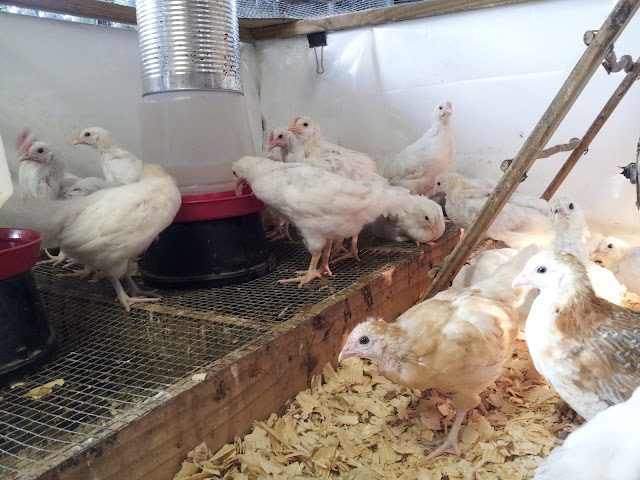My favorite EE cros is EE to EE. I have a few that are Ameraucana EE crosses.
As Far as beardless goes I have 1 that is beardless and a Olive Egger that is beardless. I get a bearedless one to hatch out once in a while, I don't usually keep those though, I really like the bearded ones best.
As Far as beardless goes I have 1 that is beardless and a Olive Egger that is beardless. I get a bearedless one to hatch out once in a while, I don't usually keep those though, I really like the bearded ones best.







